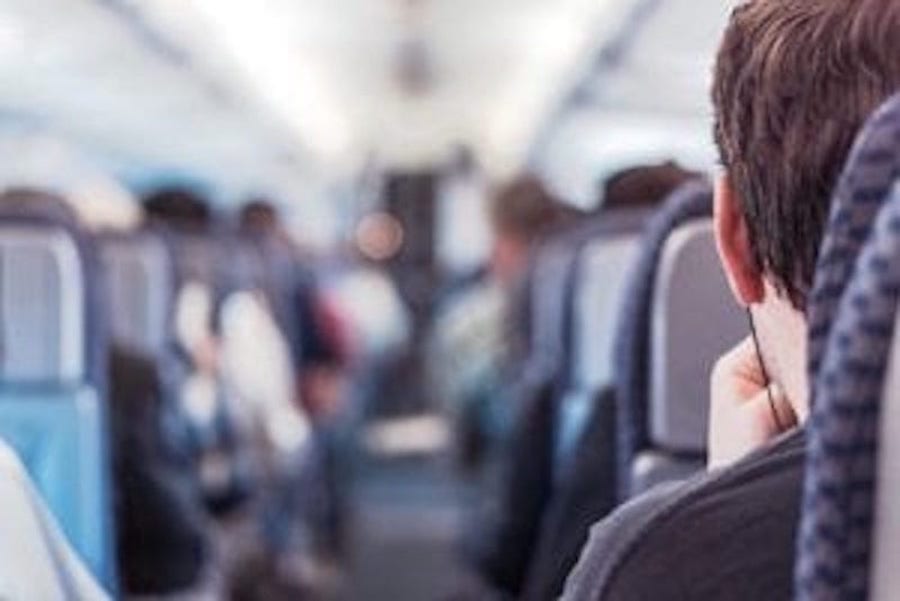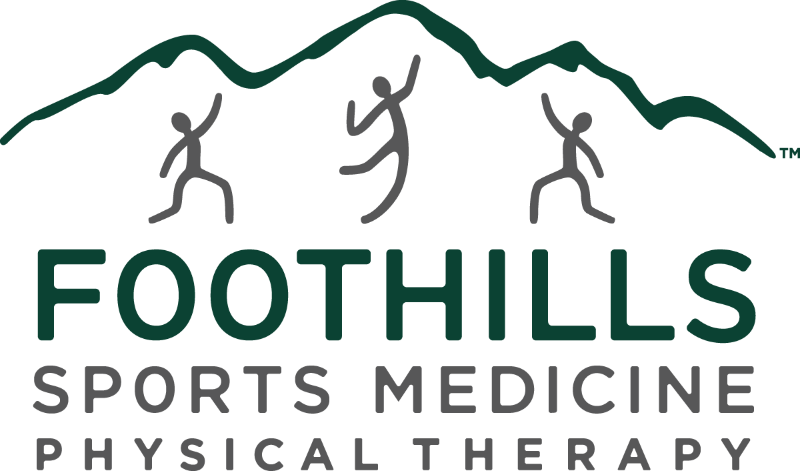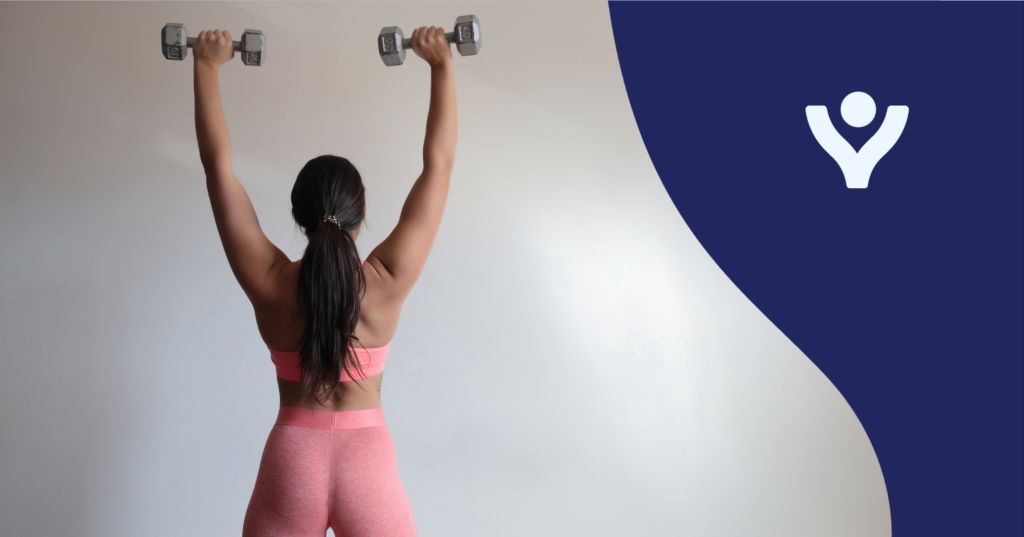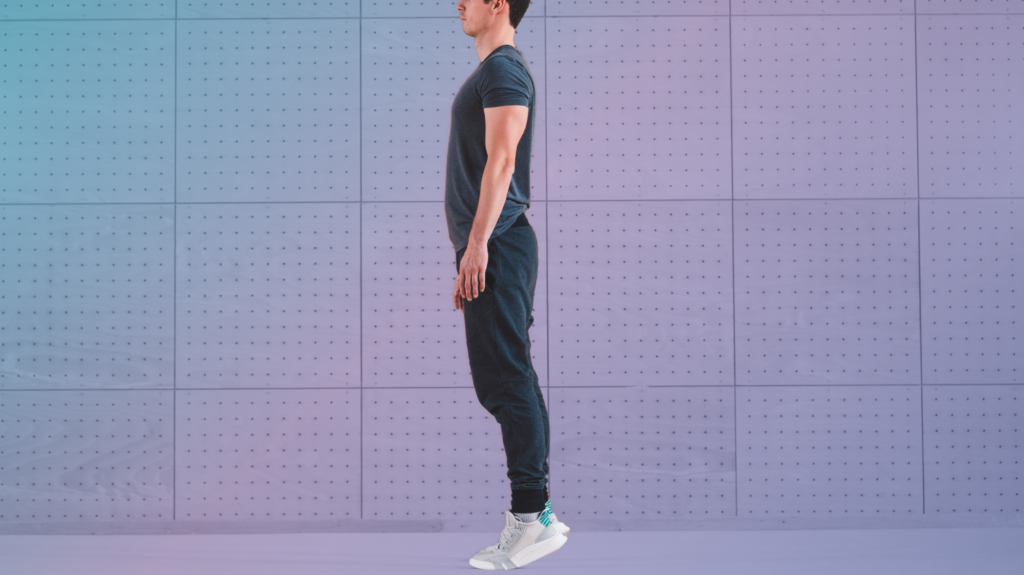Working at a physical therapy clinic provides a lot of opportunities to see different diagnoses. One that I’ve been coming across as of late is low back pain. The main complaint from patients is that they spend most of their day seated at their desk, in meetings or even frequently flying for their jobs. These patients will vary in the times they spend seated, from an hour to 16 hours at their desk because they can’t get away or they get on a roll. They come into therapy and want to know how to decrease their pain and prevent it from happening again.
One of the suggestions I always make for these patients is to look at their workstation. Is their station ergonomically correct? If not, many companies will provide a service for their workers to have someone come in, take a look at their station and change it according to the demands of their jobs. Ergonomic optimization includes changing and adjusting chairs, adding a foot support, adjusting computers and keyboards. Some jobs are even offering the sitting standing desks so employees can easily adjust to either when they get tired. Another option for patients is lumbar support. There are stores that sell these supports to encourage better posture and decrease pain. In the clinic, I usually use a large bath towel; I roll it up and put it behind their low back to see if they get some relief while sitting. I even suggest this when my patients are flying for long periods, as it’s easy to carry a towel with them through the airport.
I get asked about Swiss Balls regularly. Patients ask, “should I get rid of my chair and get a ball to sit on?” I always answer no. The truth is, in theory, a Swiss Ball sounds great for core stability but once you’ve been sitting all day, you can easily fall back into bad postural habits and it has done nothing for you. Instead, I encourage them to start working on core stability and postural exercises to prevent muscle fatigue and increase their endurance for sitting at their desk all day. These exercises in the clinic include rows, abdominal bracing, bird dogs and bridges as well as walking and stretching. Examples of muscles to stretch would be the hamstrings, calves as well as upper traps, to name a few. I’ve also been asked about lumbar brace supports, to which I also say no. In this case, you rely on the brace instead of using your muscles.
Another option for decreasing low back pain after long durations of sitting is simply to get up. If you cannot leave your station, or feel you are too engrossed with your work, then set a timer to remind you to get up. I usually say every 15 minutes is a good time to stand up and get out of the sitting position. Do a few general stretches to reset. Answer your phone while standing for a few minutes. Walk to the water station or the bathroom. But definitely, make it a priority to get up. Other patients tell me they work from home and I ask about their workstations too. You’d be surprised at the positions patients get themselves into with their laptops. Some say they have a desk with a good chair. Others work at their kitchen table. Some even work on the floor. However, they have one thing in common—they are all there for long periods of time. I can’t stress enough the importance of getting up. The body doesn’t want to stay in that position for hours at a time.
Getting back to my frequent flier patients, they need to get up from their seats as well. Some of these patients are international fliers. On long flights, I tell them to get up from their seats and stand up front, or walk up and down the aisles whenever possible. I’ve done a few international trips and it always astounds me how few people get up and move around. Overall it’s just a good idea.
Low back pain complaints from patients who sit or fly for long periods seems to be on the rise. Encouraging them to look into ergonomic solutions and lumbar supports, or having them periodically get up and walk around can help decrease their pain as well as prevent it. Other options include beginning a workout program that incorporates walking outside or on a treadmill, stretching and strengthening to counteract the fatigue they feel while sitting at their desk for long periods.
Contact your local Foothills Sports Medicine Physical Therapy location today to schedule an appointment to treat your low back pain.
How to Prevent Low Back Pain from Sitting




